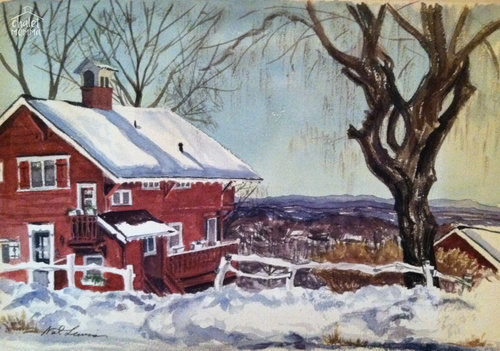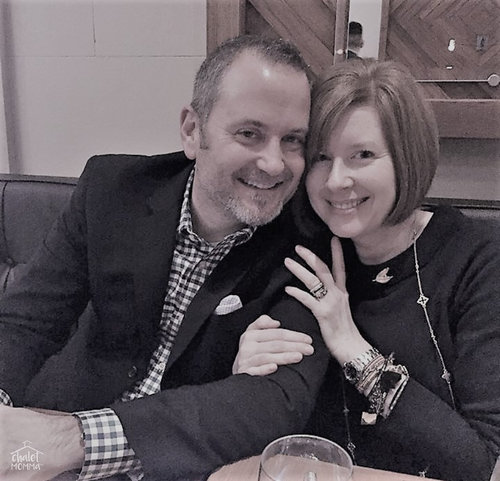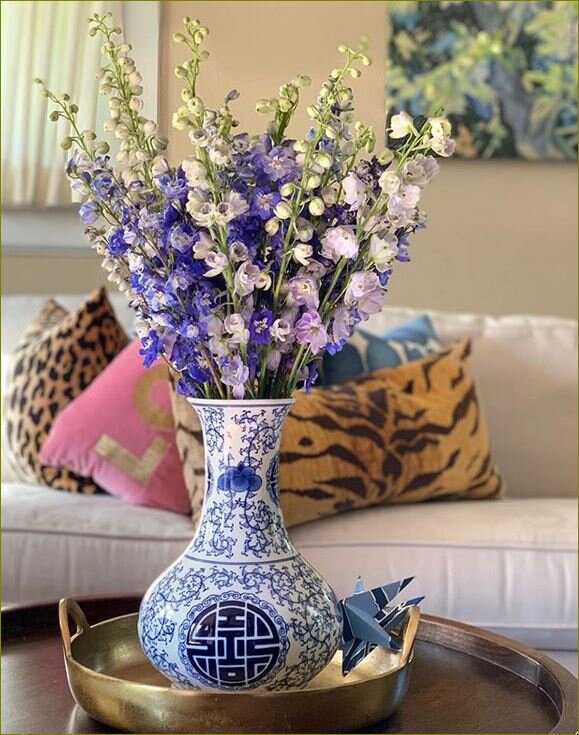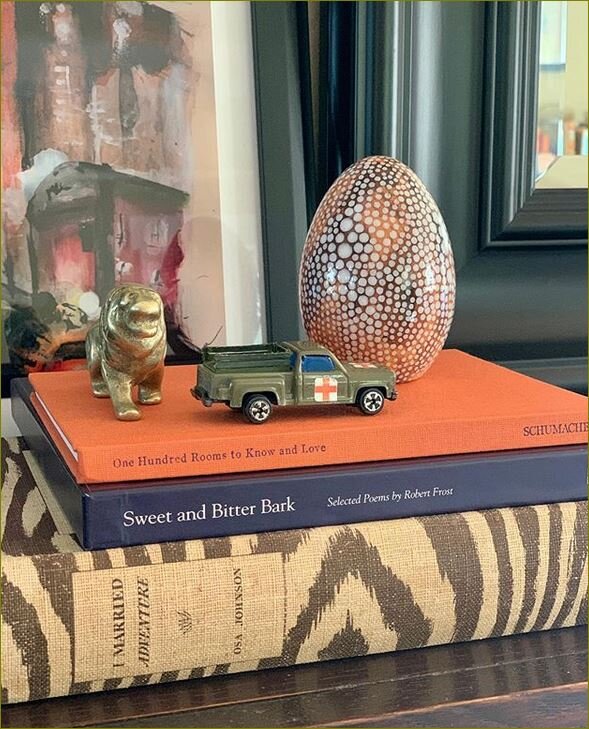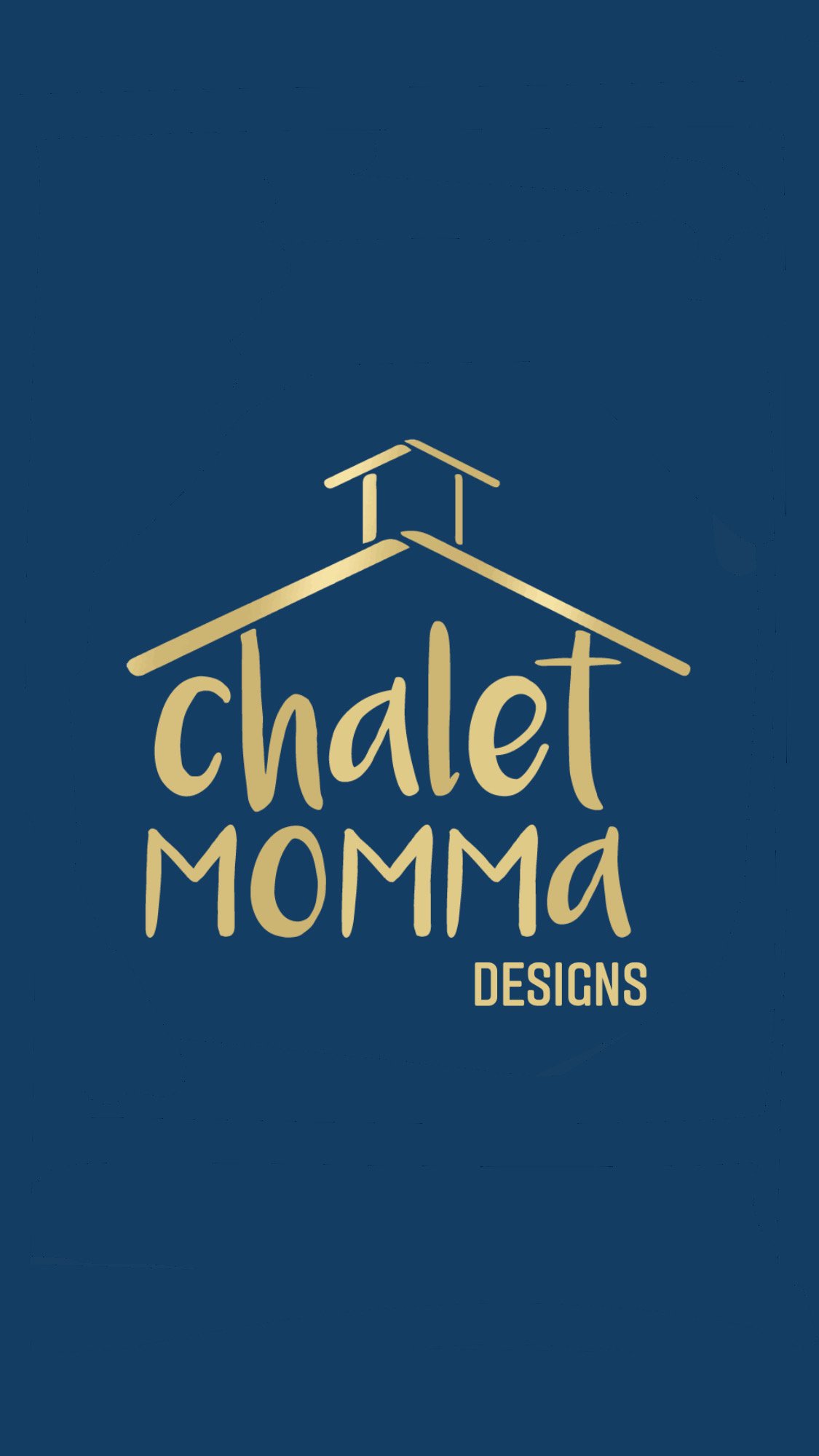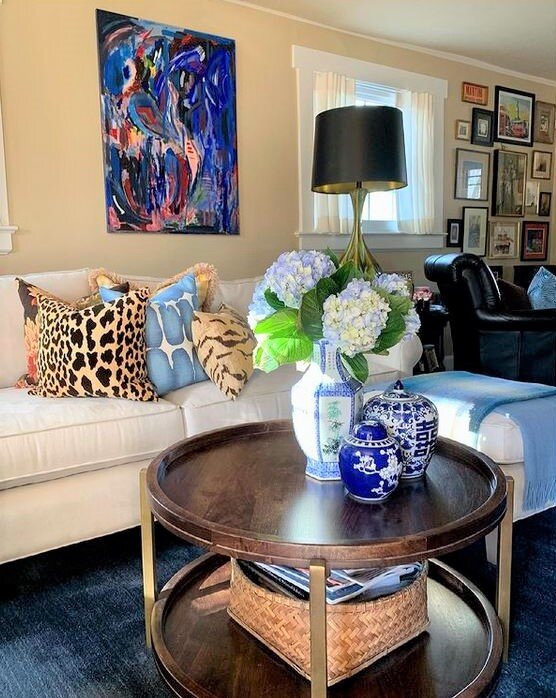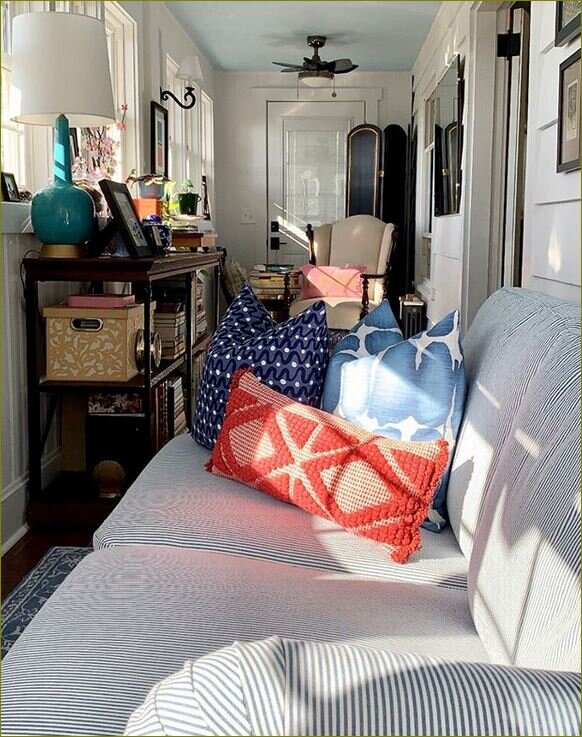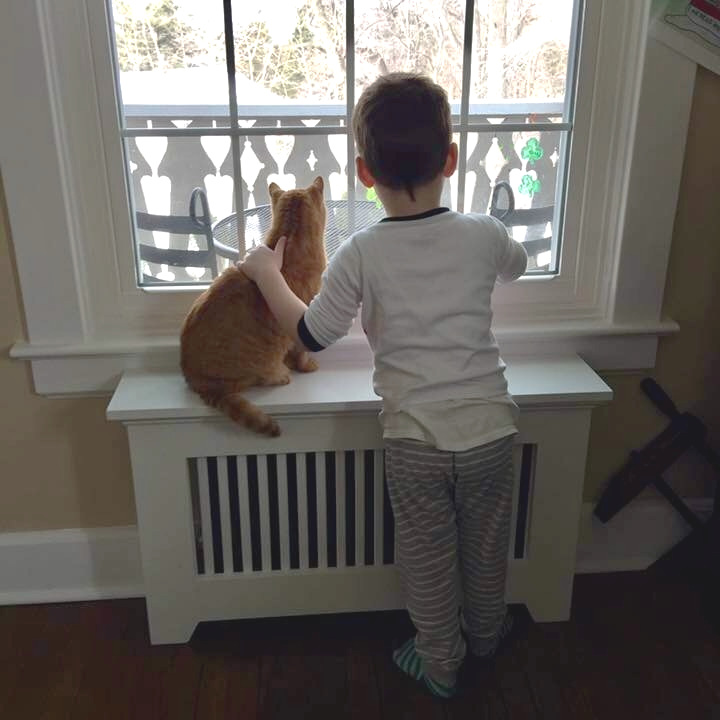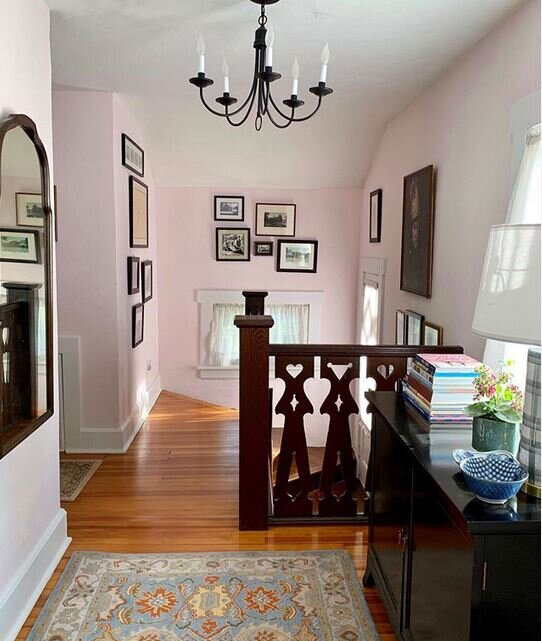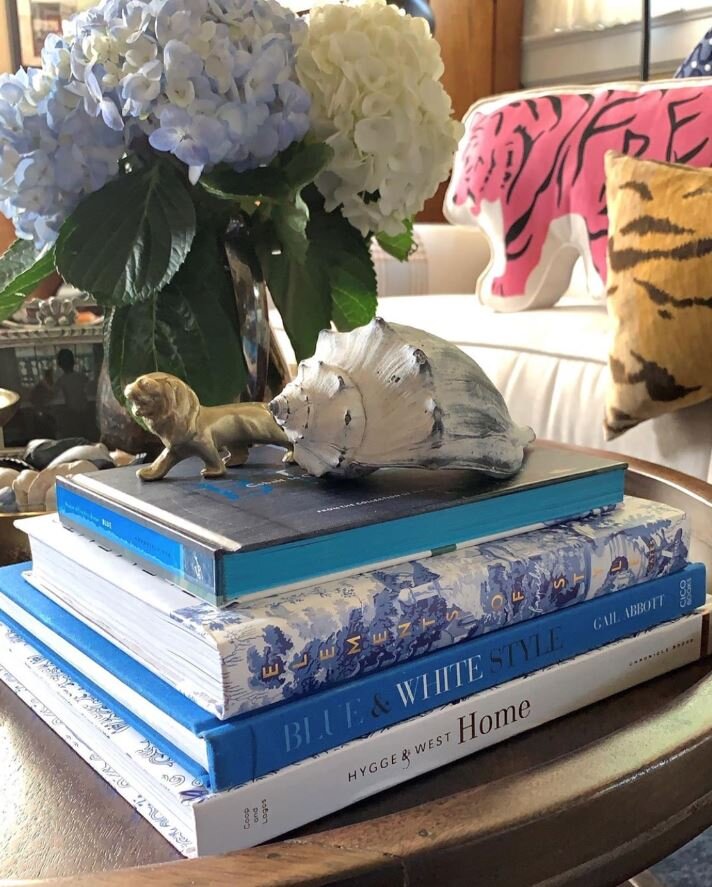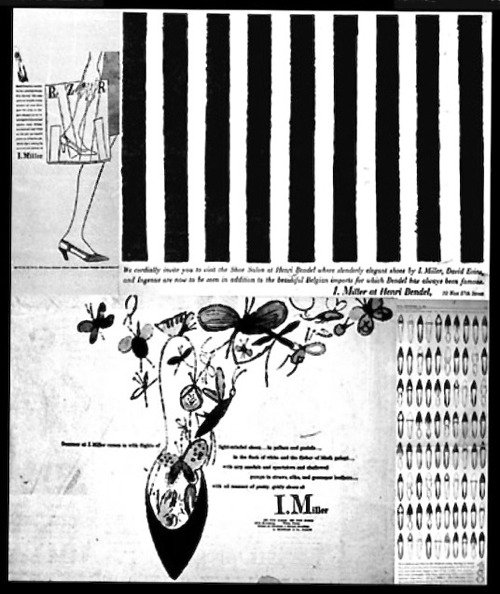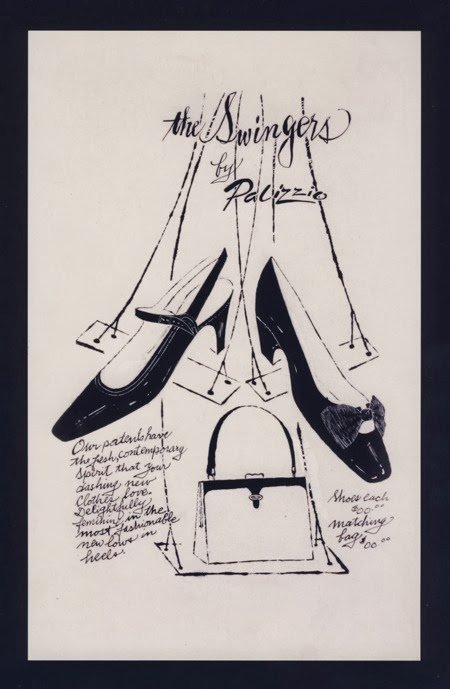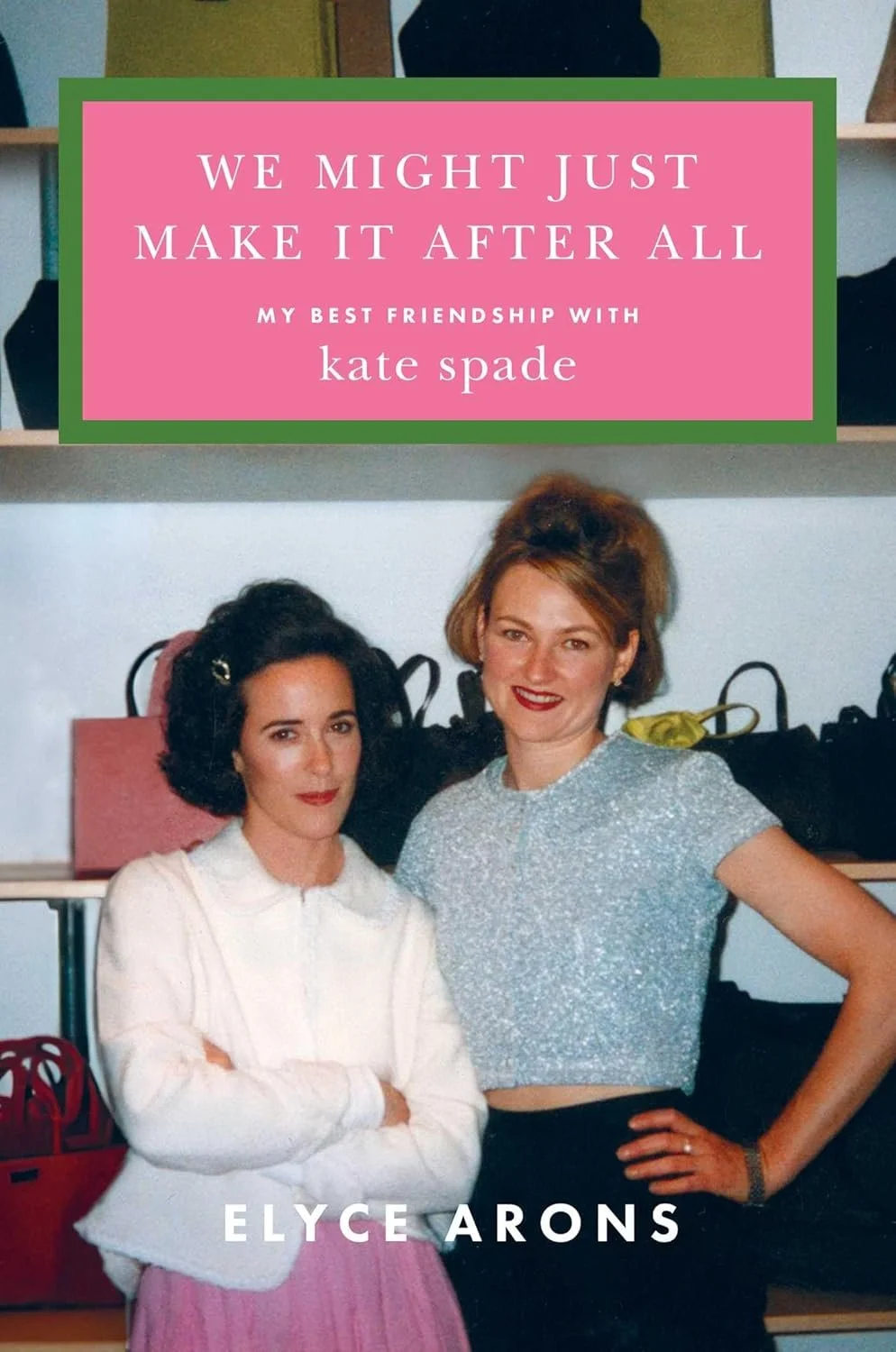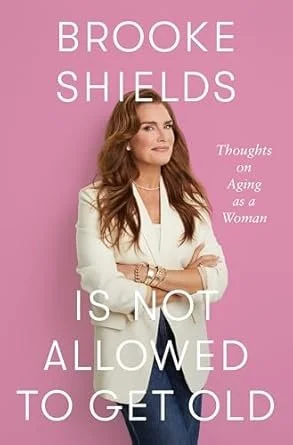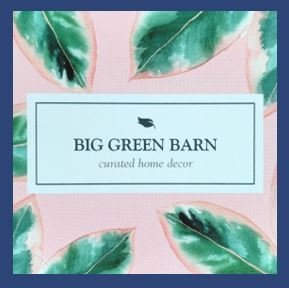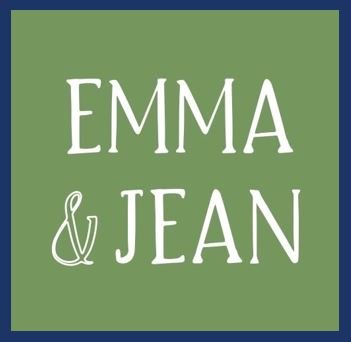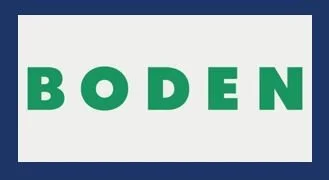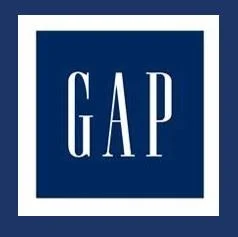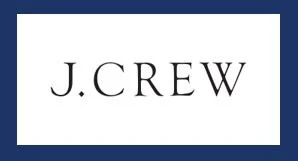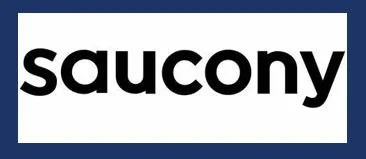Artful Additions
/Hello Friends over the last year I brought some special pieces of Art into the Chalet. As we step into this new year I wanted to take a moment of reflection and share these talented artists with you.
Claire Tanner: I have the wonderful watercolor of President Lincoln and the sweetest Little Bird. Claire uses unexpected hues in her works and each piece is truly unlike anyone’s I’ve ever seen. Read my feature of Claire here.
Instagram: @clairetannerart and her Website: Claire Tanner Art
Claire Tanner - President Lincoln
Claire Tanner - Little Bird
Paige Ledom: I’ve loved Paige’s unique collage art since first seeing them on Instagram. I already owned a Goldfinch and was thrilled to add The Sailor. Read my feature of Paige here.
Instagram: @theovergrownhome and her Website: The Overgrown Home
Paige Ledom: Sailor Study
Brittany Smith: I have been besotted with Brittany’s gorgeous florals for a long long time and finally made a decision - friends it was hard! I love the colors in Respite IV makes me think of peonies and the field of flowers in Meadow I makes me want to run barefoot. Both these pieces bring me joy.
Instagram: @brittanysmithstudio and her Website: Brittany Smith Studio
Brittany Smith: Respite IV
Brittany Smith: Meadow I
Mel Remmers: Mel has a large varied body of amazing work but, I was always drawn to her nudes. I still need to frame and decide where she’ll live.
Instagram: @melremmers and her Website: Mel Remmers Studio
I encourage you to check these wonderful creatives out and find a piece for your home too!
Til next time be well and I hope you are finding the start of 2024 good.

